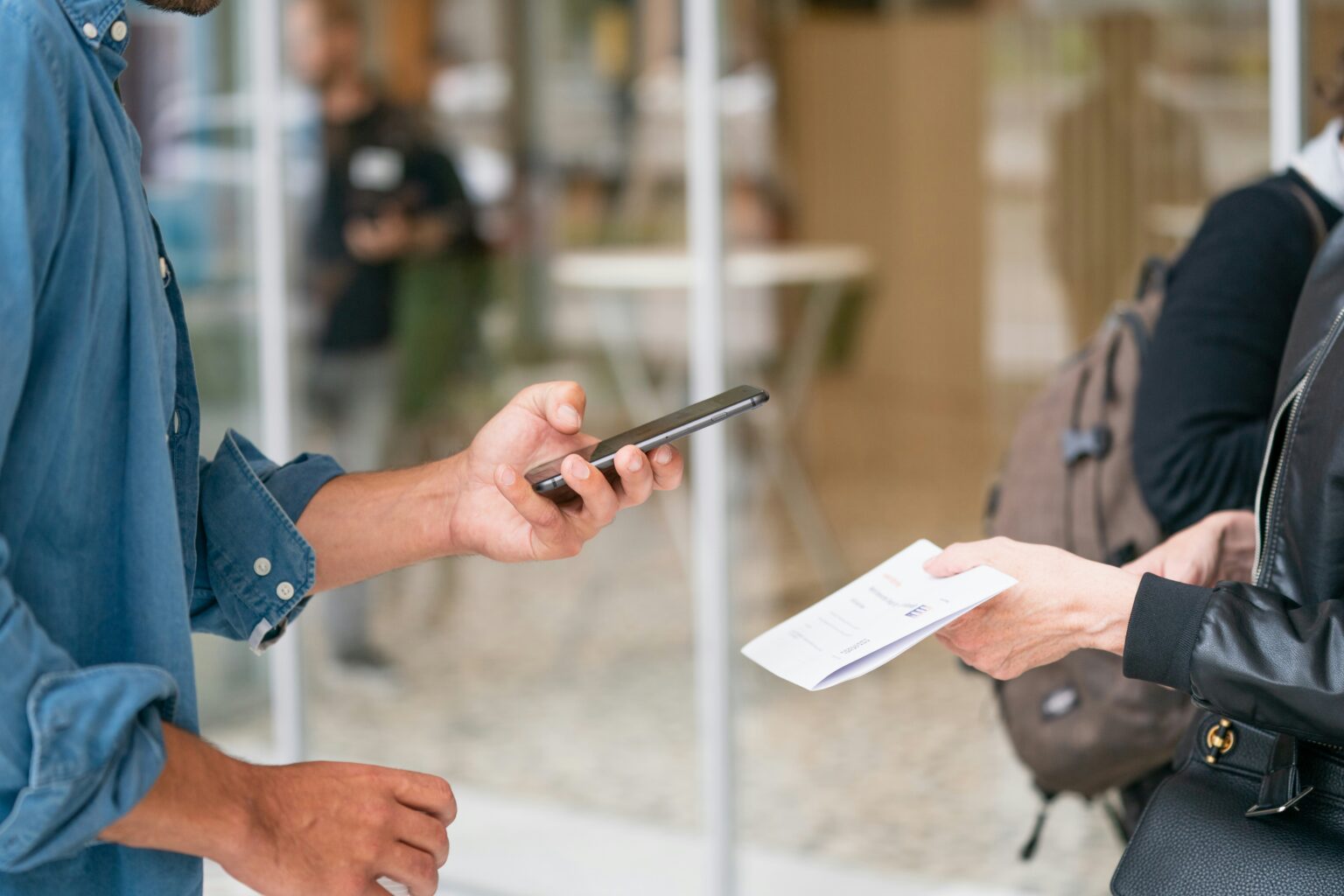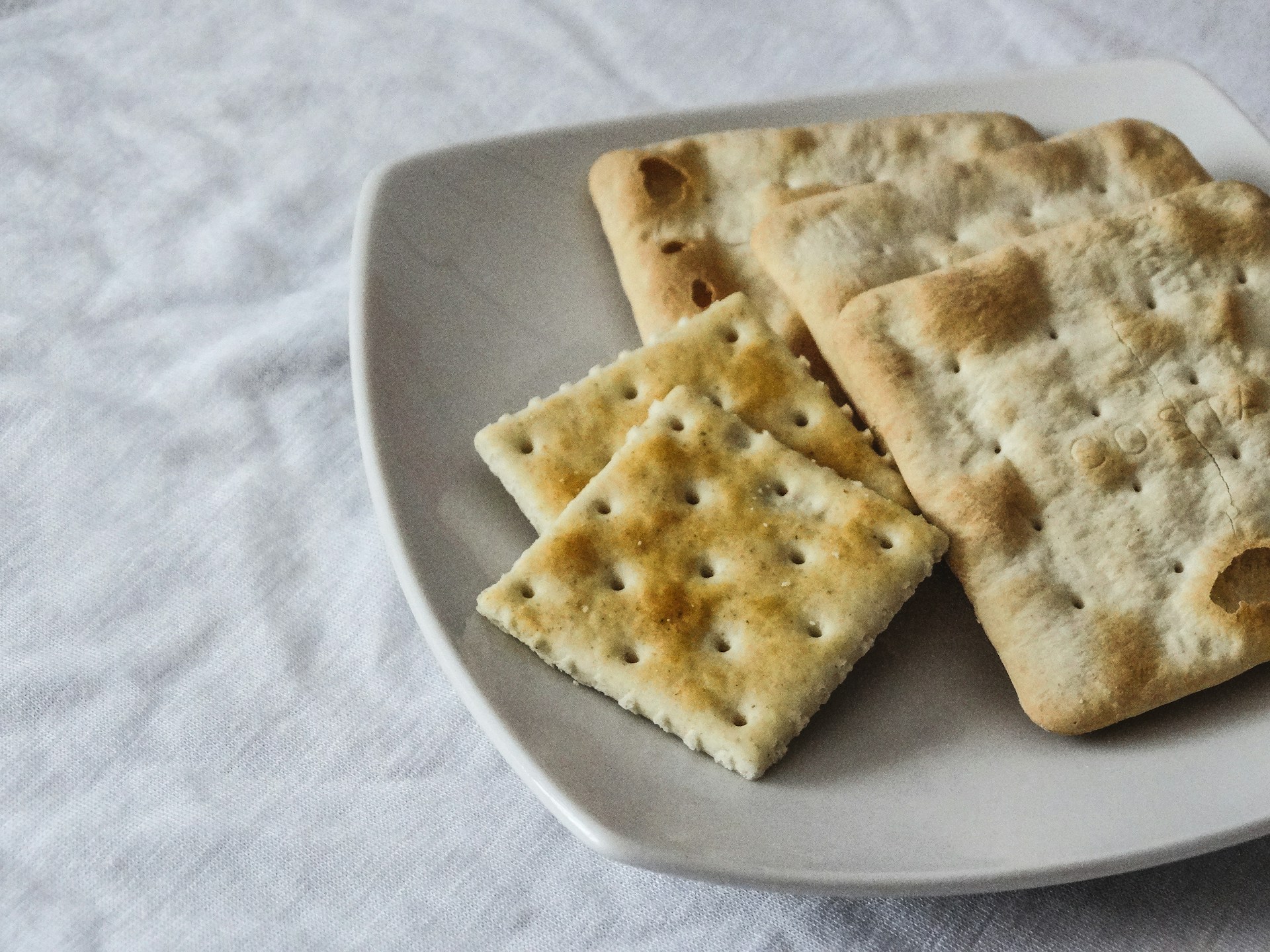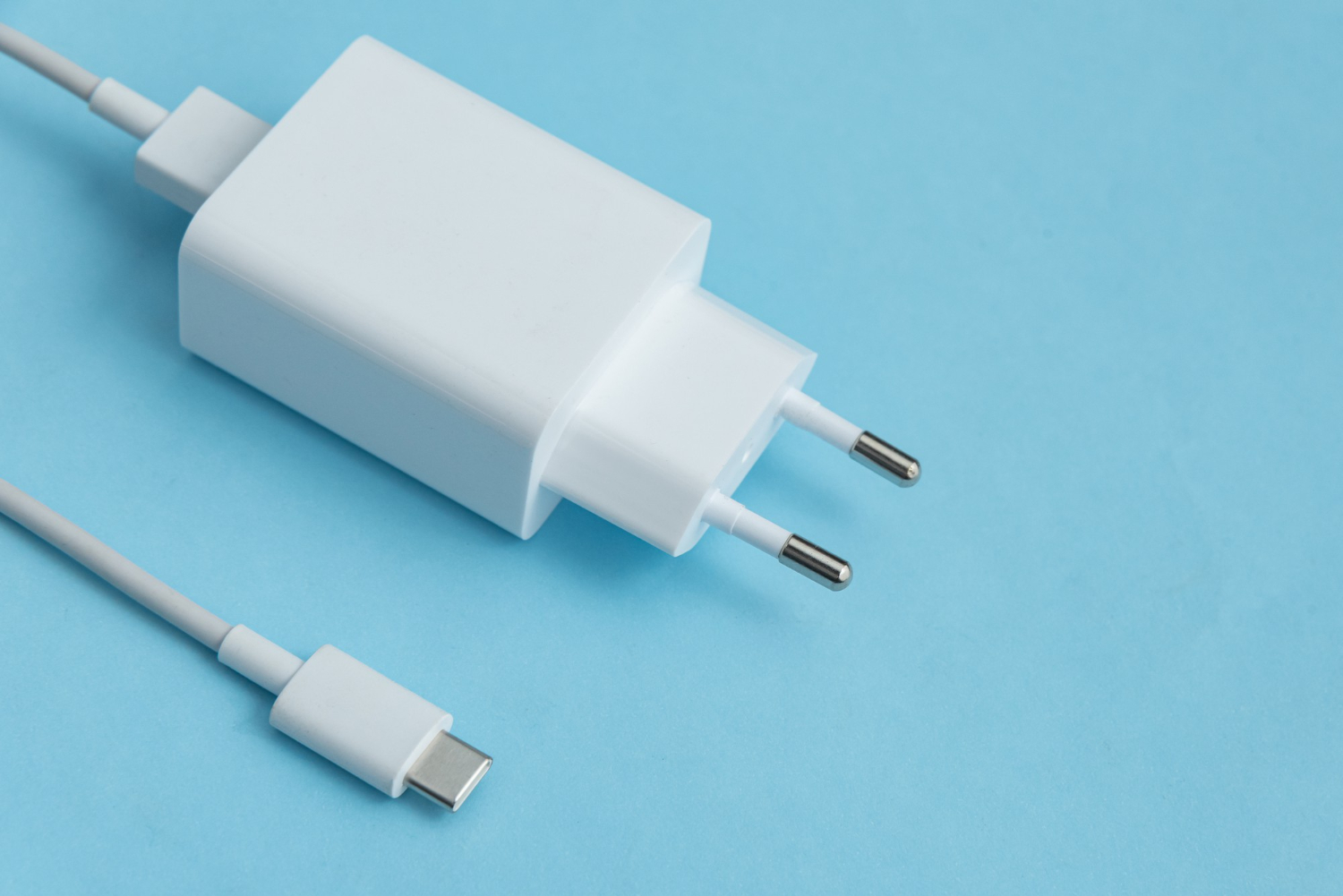In my years working across financial services, I’ve seen how even the smallest risk can disrupt long-term management of wealth and insurance.
For trustees overseeing trust-owned life insurance (TOLI), the weight of fiduciary responsibility is immense, as they must safeguard assets while meeting the expectations of clients.
Many policies, especially whole life policies held in a trust, face unique challenges when premiums are missed.
That’s why Automatic Premium Loans (APL) exist: this clever feature acts as a built-in safety net, maintaining continuity of coverage so that financial planning and estate planning objectives remain intact.
I’ve personally seen how this provision anticipates needs and prevents costly disruptions, ensuring commitments to beneficiaries are never compromised.
- Trustees rely on APL as a safeguard for trust-owned life insurance.
- It reinforces fiduciary responsibility by protecting assets when premiums are overdue.
- This feature ensures coverage remains active, supporting long-term financial planning and estate planning.
What Is an Automatic Premium Loan?
When I first explained an automatic premium loan (APL) to a client, they were surprised to learn how this insurance policy provision quietly protects them from losing their coverage.

In simple terms, the insurer can deduct the amount of any outstanding premium from the value of the policy once the premium becomes due.
These automatic premium loan provisions are designed with cash value life insurance policies—often whole life—so that a policy stays in force instead of lapsing because of nonpayment.
I’ve seen cases where just one missed bill could have ended decades of planning, but thanks to this safeguard, the contract remained intact.
From my perspective, automatic premium loans are a practical tool built into a permanent life insurance policy. They use the accumulated cash value to handle overdue premium payments, stepping in automatically after a certain time overdue.
Without it, a policy lapse could terminate the coverage, leaving families vulnerable. The payment itself is structured as a policy loan, meaning it will accrue interest payments.
However, it remains viable only if the policy’s cash value is equal to or greater than the overdue premium amount.
In my experience, this is less about borrowing and more about ensuring stability—keeping commitments to loved ones secure while avoiding sudden disruptions.
Benefits of an Automatic Premium Loan
One of the biggest benefits of this provision is the way it balances both sides: the insurance issuer and the policyholder.
From the insurer’s perspective, it allows them to collect premiums more regularly and often automatically, without the hassle of sending multiple notices for each missed payment.
For policyholders, the automatic premium loan acts as a lifeline, ensuring that their coverage isn’t disrupted.
I’ve personally seen clients relieved when the automatic premium loan clause was exercised during an overdue billing cycle—they kept their protection intact even when finances got tight.
Another key advantage is flexibility. A policyholder can set a scheduled date for regular payments of insurance premiums, but even if they miss the grace period, insurance companies will simply deduct the premium amounts from the cash value of the life insurance policy. This prevents the contract from being lapsed and keeps the plan viable.
I’ve also observed how insurance issuers responsibly inform clients when an automatic premium loan arrangement is utilized, which gives reassurance and transparency. For anyone juggling financial priorities, this structure provides confidence that commitments won’t vanish with one mistake.
How Does an Automatic Premium Loan Work?

Activation of the Provision
In practice, a life insurance policy may or may not come with an automatic premium loan provision clause when first issued, since it’s not always a standard feature across all life insurance companies.
That’s why smart policyholders ensure the policy has this safeguard for lasting protection, even if it needs to be added later to certain life policies.
The provision itself automatically activates when a policyholder misses a premium payment beyond the grace period, typically 30 days. At that point, the APL quietly kicks in, covering the outstanding premium and keeping the contract intact without interruption.
Utilizing the Cash Value
What makes the APL so practical is how it taps into the policy’s accumulated cash value whenever there’s an overdue premium payment.
The insurance company essentially grants a loan to the policyholder, using the policy cash value as loan collateral, which ensures the contract stays active.
However, the policy must have enough cash value to cover the premium amount that’s overdue; if the balance is inadequate, the policy risks a lapse despite the safety net.
From my experience, this mechanism gives reassurance, but it also highlights the importance of monitoring cash buildup inside a policy to keep the APL viable long term.
Loan Repayment Terms
Like any standard loan, the amount borrowed against the cash value is subject to interest, with an interest rate clearly specified in the policy terms.
The policyholder has the option to repay the loan anytime to restore the cash value, keeping the policy healthy.
However, if the loan is not repaid, the outstanding loan amount plus accumulated interest will eventually be deducted from the policy’s death benefit when the insured passes away.
From what I’ve seen, being proactive with repayment not only protects the benefit but also maintains the long-term stability of the contract.
Policy Impact
When borrowing against the cash value, the amount available in the policy’s savings component inevitably reduces, often impacting its growth potential and limiting future borrowing capacity.
If subsequent premiums are missed and the cash value becomes depleted, the policy may ultimately lapse despite the safeguard of the APL provision.
From my perspective, this trade-off highlights the importance of monitoring balances closely, as relying too heavily on this mechanism without replenishing funds can weaken long-term stability.
Example Scenario
Consider a whole life insurance policyholder with an accumulated cash value of $5,000 and an annual premium of $1,000.
If a premium payment is missed, the APL provision automatically issues a loan to cover the policy premium, keeping the policy active.
The borrowed amount is then charged interest, which the policyholder can repay later at their convenience.
From my own experience advising clients, this setup often provides peace of mind, as it ensures their protection continues without disruption while still offering flexibility for repayment.
How to Set Up an Automatic Premium Loan Provision
From my experience, setting up an automatic premium loan (APL) provision within a life insurance policy is a straightforward but important safeguard, and following the right steps ensures it’s properly in place.

While many people overlook this option, I often recommend reviewing a detailed guide or consulting your insurer to understand the process clearly, since the setup not only prevents lapse but also aligns the policy with long-term financial goals.
Step 1. Selecting The Right Policy
When helping clients choose a life insurance policy, I always emphasize the importance of reviewing whether the option to add an automatic premium loan (APL) provision is available.
Not every plan offers this feature, so carefully select policies that include it and ensure it fits your long-term needs.
If you already have a current life insurance policy, it’s worth taking time to check the policy’s terms and conditions to see if the APL provision is typically found or can be added later.
Since APL provisions are most common in whole life insurance policies, make sure the policy type actually supports this safeguard, as it’s typically available only in permanent coverage rather than temporary contracts.
Step 2. Consult with Your Insurance Provider
It’s always smart to contact your life insurance agent or company representative to discuss the details of an APL provision, since they can provide detailed information about how it works and what the implications might be for your specific policy.
This is also the stage to inquire about fees, possible interest rates, and any potential impacts on the policy’s cash value or death benefit.
From my experience, the best outcomes come when clients fully understand the terms and conditions before making changes, ensuring the decision aligns with their long-term goals.
Step 3. Request Policy Amendment
If your current policy lacks an APL provision, you may need to request an amendment, which could involve completing additional paperwork or filing applications depending on the insurance companies’ requirements.
In some cases, they may require underwriting approval for such amendments, especially if it means changing significant policy features.
From my experience, while this step can feel administrative, it’s worth the effort to ensure the safety net of an APL is officially attached to your coverage.
Step 4. Understand the Terms
Before finalizing an APL provision, it’s important to familiarize yourself with the interest rates that apply to loans, since they can vary and directly impact the overall cost of the loan once it’s applied.
I always encourage clients to know the specific conditions tied to repaying the balance, because an unpaid loan eventually affects the policy’s cash value and reduces the death benefit.
Taking the time to fully understand these details helps avoid surprises and ensures the policy continues to serve its intended purpose.
Step 5. Confirm Activation
Once the APL provision is officially added, take time to review the policy documentation and the updated policy to confirm that the provision is active and correctly described.
From my experience, it’s equally important to keep a copy of all correspondence and updated policy documents in your records, since they serve as an important future reference and can help with any potential claims down the road.
Staying organized ensures peace of mind and clarity if questions ever arise.
Step 6. Monitor Your Policy
I always advise clients to schedule a regular review of their policy statements, paying close attention to the cash value, any outstanding loans, and the interest accrued, since this keeps them aware of the policy’s true status and flags potential issues early.
Beyond the paperwork, it’s wise to see how the APL provision aligns with your broader financial planning—regularly evaluating your ability to continue premium payments and repay loans helps prevent unnecessary accumulation of debt and ensures your long-term goals remain on track.
How Do You Qualify for an Automatic Premium Loan Provision?
From my experience, only whole life policies that build cash value can truly qualify for an automatic premium loan provision, since this reserve acts as the source of money that can be borrowed without surrendering the policy.

Many policyholders discover they can add or even remove the option depending on the insurer’s rules, as long as they hold a qualifying whole life policy.
The key is timing—making sure the feature is in place at the right time so that protection remains seamless when needed most.
What Policies Do Not Have an APL Provision?
While the automatic premium loan provision is commonly tied to whole life insurance policies, it’s important to note that universal life policies generally don’t include an APL provision because their premiums are more flexible and policy expenses are simply deducted from the available cash value.
Similarly, term life insurance policies lack this provision since most term policies don’t actually build any cash value, making the mechanism unnecessary.
In my professional view, understanding these distinctions helps clients avoid confusion and ensures they choose the right type of coverage for their financial needs.
What does an automatic premium loan provision do?
At its core, an automatic premium loan (APL) is an insurance policy provision designed to keep coverage intact when payments are missed.
The insurer will deduct the amount of any outstanding premium directly from the value of the policy once the premium becomes due.
In practice, I’ve seen this safeguard prevent unexpected lapses, offering policyholders peace of mind by ensuring their commitments remain active even during financial slip-ups.
What is the APL in AIA?
Within an AIA policy, the Automatic Premium Loan (APL) is triggered when there is enough cash value to step in after premiums are not paid beyond the 31-day grace period.
At that point, the APL works to cover the unpaid premiums, keeping the plan active without interruption. I’ve found that many policyholders appreciate this safeguard, as it provides a reliable buffer during times when payments slip through the cracks.
What is the automatic premium loan balance?
When a policyholder misses a premium payment past its due date, the automatic premium loan (APL) feature quietly kicks in to keep the policy from lapsing.
The borrowed amount, along with any applicable interest, is then added to the policy’s outstanding loan balance.
From my own experience, this safeguard not only prevents disruption but also highlights the importance of monitoring that growing balance over time to maintain healthy coverage.








